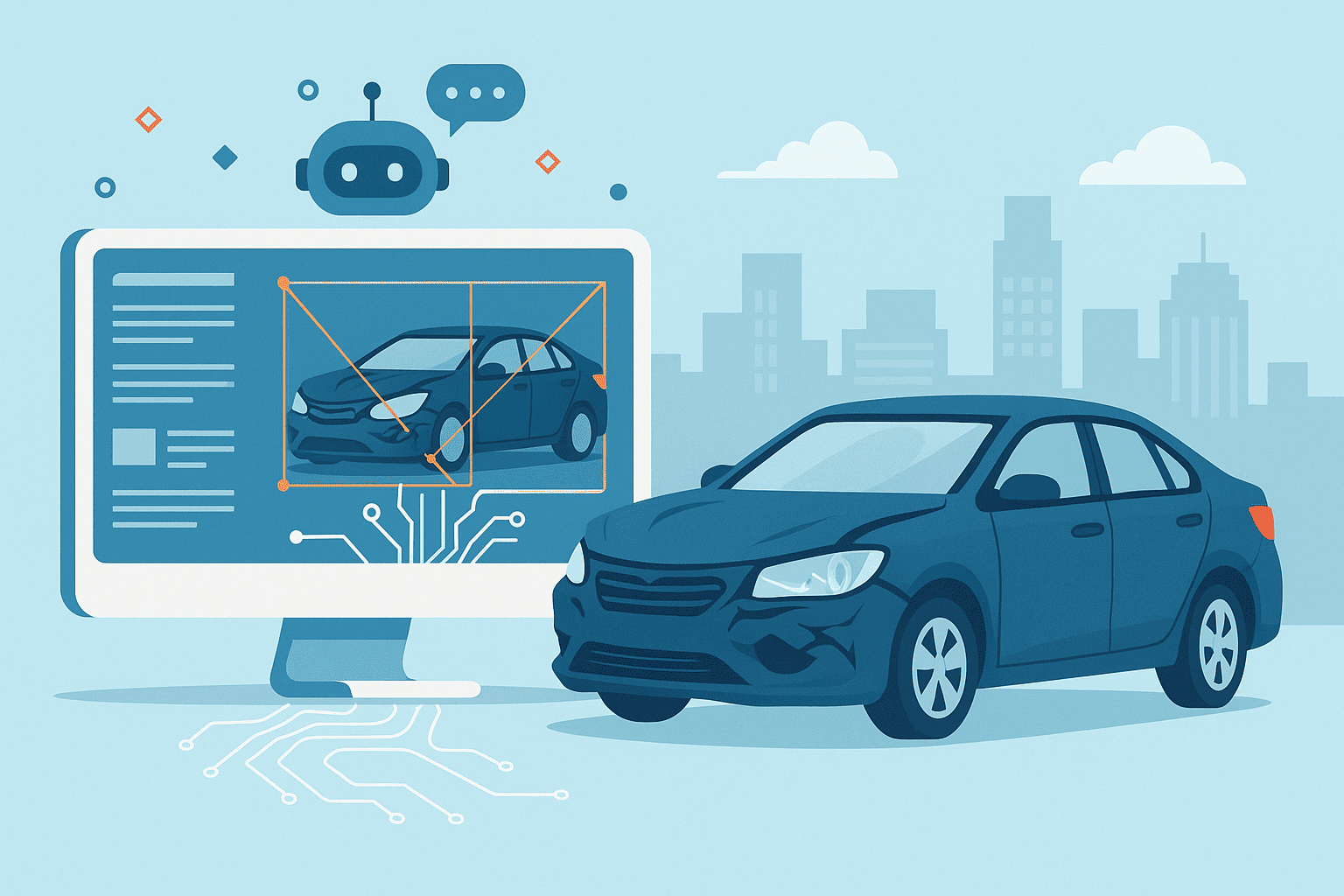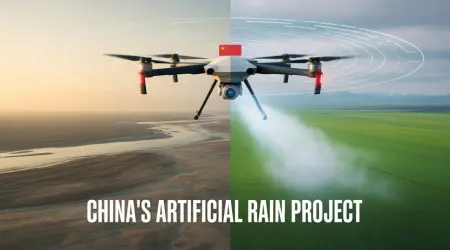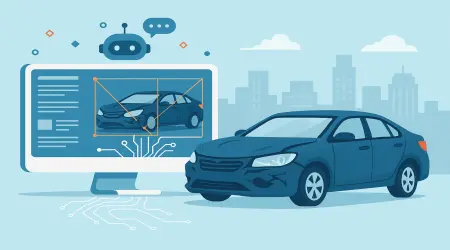

Artificial Intelligence Set to Transform Vehicle Accident Repairs – Revolutionary AI Tool Under Development
In recent years, Artificial Intelligence (AI) has made its mark across industries, from healthcare to finance — and now, the automotive repair sector is witnessing a major breakthrough. A powerful AI-based system is currently under development to revolutionize how vehicle damages are assessed and repaired after accidents.
Every year, millions of vehicles suffer damage due to road accidents. Whether minor collisions or major crashes, repairing these vehicles is a time-consuming, expensive, and often frustrating process for owners and insurers alike. Manual damage assessment, dependency on human expertise, and delays in inspections often lead to prolonged repair timelines and inflated costs.
But change is on the horizon. Researchers and technology experts are collaborating to create an AI-driven tool that will automate the damage evaluation process, making accident management smarter, faster, and more reliable.
How Will the AI Tool Work?
The new AI tool uses cutting-edge technologies such as computer vision, machine learning, and image processing to analyze accident-affected vehicles. With just a few high-quality images of the damaged car, the AI system can:
✅ Accurately detect both visible and hidden damage
✅ Assess structural integrity and estimate repair requirements
✅ Differentiate between repairable damage and irreparable loss
✅ Provide real-time repair cost estimates
✅ Suggest parts replacement and required services
Unlike traditional manual inspections, which depend on an assessor’s experience and may miss underlying damage, AI provides data-driven, consistent, and unbiased evaluations.
Why This Innovation Is a Game-Changer
1. Speed and Efficiency
The AI tool can process damage reports within minutes, eliminating the need to wait for human inspectors. Insurance companies can generate repair estimates almost instantly, significantly reducing claim settlement time.
2. Improved Accuracy
Advanced algorithms can identify microscopic cracks, paint damage, or structural deformations not visible to the naked eye, ensuring a comprehensive assessment.
3. Cost Reduction
Faster inspections mean lower operational costs for insurers and repair workshops. By accurately diagnosing the damage, unnecessary repairs or part replacements are avoided, saving vehicle owners money.
4. Fraud Detection
The AI tool is also designed to identify fraudulent claims by verifying the consistency of damage reports with accident scenarios, protecting insurance companies from financial losses.
5. Enhanced Customer Satisfaction
Quick assessments and faster repairs naturally improve the customer experience, reducing the stress and inconvenience that often follow an accident.
The Industry Impact
In regions like the UK, where over 2 million vehicle insurance claims are filed annually, integrating AI in accident management could save billions. According to industry estimates, vehicle-related insurance payouts have been rising year after year, largely due to inefficient repair management and rising costs.
The AI system will not only benefit insurance companies but also workshops, automakers, and ultimately, consumers. Repair processes will become more streamlined, resources better managed, and the time from accident to a fully repaired car will shorten dramatically.
Future Possibilities – AI and Automotive Repairs
This AI tool is just the beginning. Experts believe that in the near future, AI will play a role in:
✔️ Predicting accident risks based on vehicle and driver data
✔️ Real-time damage detection via in-car cameras and sensors
✔️ Fully automated repair cost estimation apps for consumers
✔️ Integrating with smart insurance platforms for end-to-end claim processing
In addition, AI can help manufacturers design safer, more resilient vehicles by analyzing accident data patterns and failure points, leading to continuous improvements in automotive engineering.
Challenges Ahead
Of course, introducing AI into vehicle repairs isn’t without hurdles. Large datasets are required to train AI models accurately. Ensuring privacy, standardizing processes, and gaining regulatory approval will take time. Moreover, workshops and insurers will need to adapt to new technologies and upskill their workforce.
But the benefits far outweigh the challenges, and early adopters of this technology will gain a competitive edge.
Final Thoughts
As Artificial Intelligence continues to reshape industries, its role in automotive repair is inevitable. This AI tool, still under development, promises to revolutionize how car accidents are handled — making repairs faster, more affordable, and far more precise.
In the coming years, AI-driven damage assessment will likely become the norm, offering peace of mind to vehicle owners and transforming the automotive landscape for the better.




